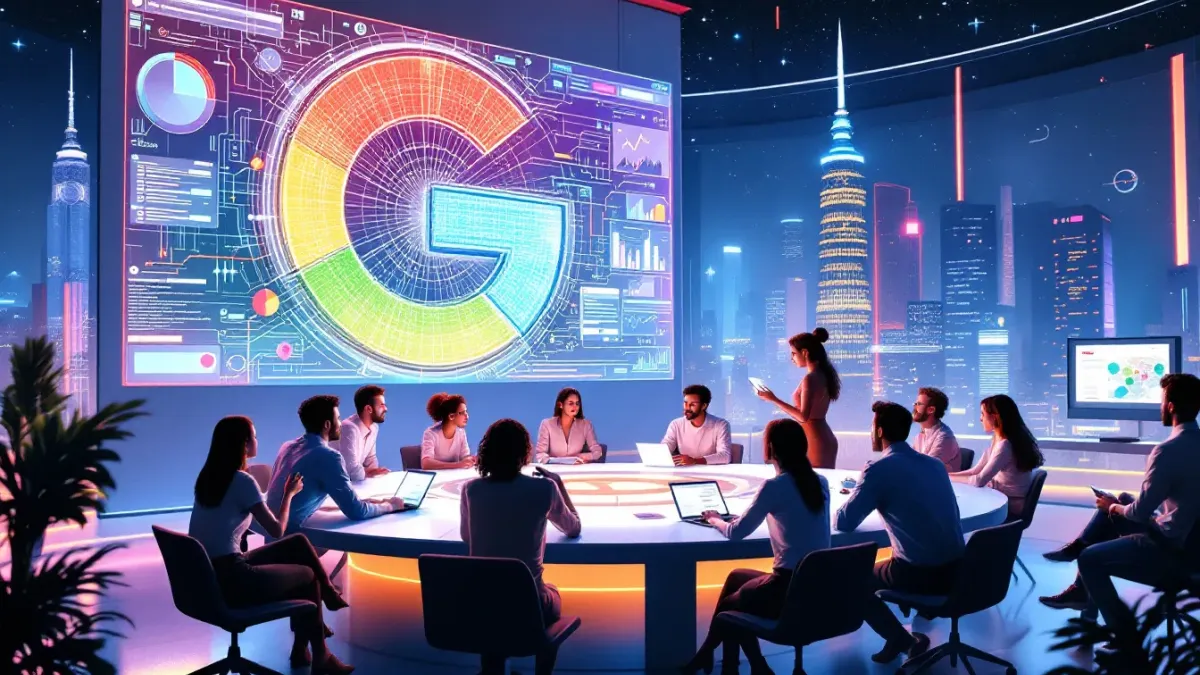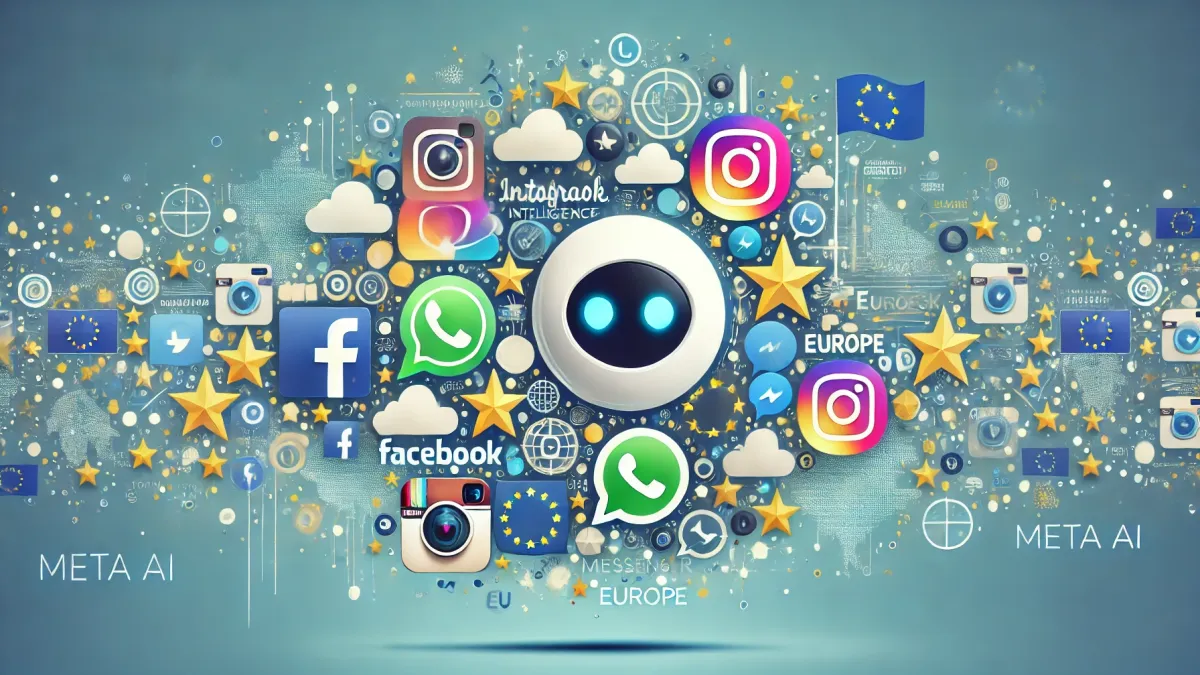
The Future of Online Advertising with Google's AI Innovations: An Overview
Introduction
In the ever-changing world of digital marketing, Google marks a significant turning point with its latest AI updates. At the heart of these innovations is the integration of artificial intelligence (AI), which not only optimizes workflows but also opens up entirely new possibilities for personalized and dynamic advertising. What exactly do these developments mean for marketers, and how can companies benefit from them?
How does Google's Text-to-Image AI change the creative process?
Google has set a milestone in the advertising world with the Imagen 3 AI model. For the first time, advertisers can generate specific lifestyle images of people that can be tailored to certain demographic characteristics. These personalized images open up a new dimension for targeted advertising – but how does this change the creative process for marketers? What safety mechanisms has Google implemented to prevent misuse?
What role does Demand Gen play in the automation of media buying?
With the Demand Gen tool, Google takes a step further towards automated media buying. Through AI-supported optimization of ad placements, Google promises efficiency gains and performance improvements. To what extent can this change the role of media agencies? What benefits do companies have through the advertising credits offered by Google?

How does Google ensure more flexibility with Responsive Search Ads?
By expanding Responsive Search Ads (RSAs), Google allows ad texts and headlines to be dynamically adjusted. This significantly increases the flexibility and relevance of ad content. What impact does this have on user interaction rates? How can marketers ensure that their messages remain clear and consistent despite dynamic changes?
Conclusion
In summary, Google's current AI updates are a powerful lever for the advancement of the advertising industry. They not only offer the possibility of reducing costs and increasing efficiency but also of aligning creative campaigns even more precisely. Where could this development lead in the coming years? What new challenges might marketers face?


